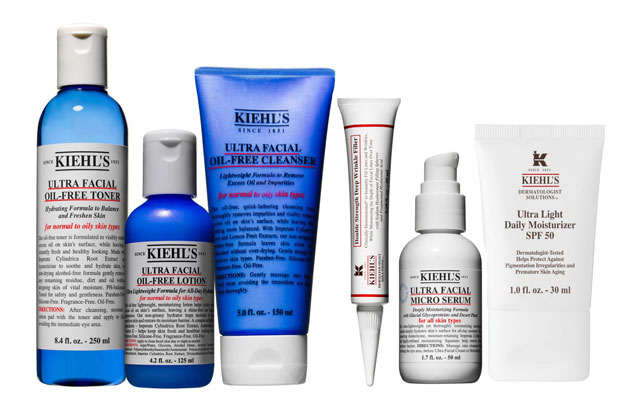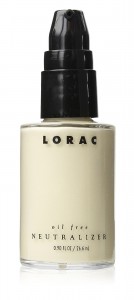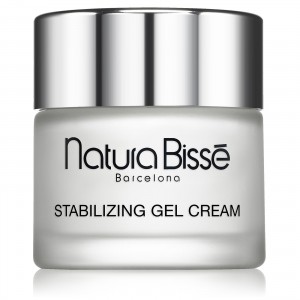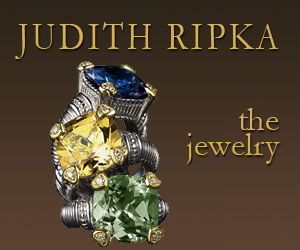What does oil-free really mean?

Many cosmetic products on the market today are labeled oil-free. Foundations, concealers, tinted moisturizers, primers, day/night moisturizers, serums, facial cleansers and sunscreens can all have an “oil-free” label slapped on them, but what exactly does oil-free mean?
Comedogenicity is defined by Milady as the tendency of any topical substance to cause or to worsen a buildup of dead skin cells in the hair follicle (a pore), which often leads to the development of a comedone (a pimple.) When a product is considered comedogenic, it means that the emollient (heavy) ingredients inside the product are likely to block pores. The blockage of pores will often cause pimples in the skin. When a product is considered “non-comedogenic”, it means that the product isn’t as likely to clog pores in the skin, therefore not causing as many pimples.
 If comedogenic products are known to cause acne, then why would someone want to use this type of product on their skin? Comedogenic products are designed for dry skin. Dry skin typically doesn’t produce enough sebum (oil) to protect itself from dehydration. Dry skin tends to have smaller pores that don’t clog easily. This type of skin is not acne-prone.
If comedogenic products are known to cause acne, then why would someone want to use this type of product on their skin? Comedogenic products are designed for dry skin. Dry skin typically doesn’t produce enough sebum (oil) to protect itself from dehydration. Dry skin tends to have smaller pores that don’t clog easily. This type of skin is not acne-prone.
Emollients inside comedogenic products are fatty agents that can act as either a vehicle or performance ingredient. When acting as a vehicle, emollients help the product spread across the skin’s surface and keep the product in place on the skin. When acting as a performance ingredient, emollients help lubricate the skin’s surface and prevent dehydration. Emollients lay on top of the skin, creating a barrier that traps water on the skin. The trapped water helps to increase the moisture in the epidermis, which helps to prevent dehydration.
There are many different types of oils that can be found in skin care and cosmetic products. Mineral oil and petrolatum are considered to be oils from the earth that come from petroleum. The benefits to these types of oils is that they are time-tested, help protect dry skin against dehydration and can be used without any preservatives because they don’t harbor bacteria. Plant oils are used for their emollient properties and their fragrances. These types of oils act like human sebum (oil), which is a huge benefit for dry skin that doesn’t produce enough oil because they help to prevent dehydration in dry skin.
What does it mean when a product is labeled oil-free? An oil-free product means that it’s been formulated without any mineral or plant oils. Oil-free products may contain synthetic oils, which are oils manufactured in a lab. Even though oil-free products aren’t truly “oil-free”, they are considered to be non-comedogenic and are less likely to clog pores in oily or acne-prone skin than comedogenic products.
By Kathleen Neves
Photos Courtesy of Lorac, Google Images


















 Mylifeinbeauty.com is a San Francisco based beauty blog. My Life in Beauty.com provides readers with up-to-the-minute beauty events and trends in the world of Beauty – stay tuned!
Xoxo
Mylifeinbeauty.com is a San Francisco based beauty blog. My Life in Beauty.com provides readers with up-to-the-minute beauty events and trends in the world of Beauty – stay tuned!
Xoxo